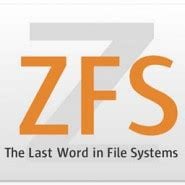

To me I’d consider Linux not standardized since anything outside the kernel can be swapped out. Want a GUI? There are competing standards, X vs Wayland, with multiple implementations with different feature sets. Want audio? There’s ALSA or OSS, then on top of those there is pulse audio, or jack, or pipewire. Multiple desktop environments, which don’t just change the look and feel but also how apps need to be written. Heck there are even multiple C/POSIX libraries that can be used.
It certainly can be a strength for flexibility, and distros attempt to create a stable and reliable setup of one set of systems.









They should bring back the original https://www.youtube.com/watch?v=tPYbzfwIJRA